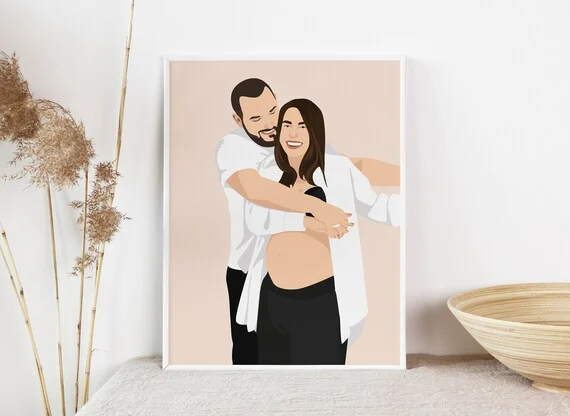I always thought I would be the quintessential “crunchy mom.” My own mother breastfed and co-slept with us for what felt like forever. I planned for a homebirth—and even a water birth. So when my son arrived, my partner and I eagerly embraced attachment parenting.
We dove into the attachment-parenting manual: The Baby Book by Dr. Adams. Dr. Adams reassured me that you can never hold your baby too much—every newborn belongs in their mother’s arms. In those first few weeks, our son rarely left my grasp. When he wasn’t nursing (which felt like every single moment), I wore him in a baby carrier or let him nap on my chest.
Yet, in my sleep-deprived haze, I overlooked some important details. Dr. Adams never claimed you shouldn’t put your baby down—he emphasized that parents need to care for themselves too. But as a new mom, I craved something definitive, even rigid, to hold onto. Somehow, I convinced myself my baby required my full attention at all times.
Of course, adhering strictly to this idea didn’t guarantee my baby was content—or that I was, for that matter. My newborn son cried incessantly, especially at night. I remember one particularly challenging evening. I tried to nurse him, but he pushed me away with his tiny fists. I attempted to babywear him, but he stiffened and refused to settle into the carrier. With my partner at work, I was on my own.
As I paced our cramped apartment with a wailing baby in my arms, I felt the urge to scream myself. Instead, I tried to keep it together, asking myself, “What would Dr. Adams do?”
In that moment, the absurdity of my situation struck me. Here was a kind man I had never met, who certainly wasn’t there while my baby screamed. Why was I seeking parenting advice from him?
We had been gifted a baby swing, and in a panic, I managed to assemble it (yes, while holding a screaming infant). I placed him in the swing and turned it on.
Silence. He stopped crying.
Well, it turns out I wasn’t quite the attachment parent I thought I was.
The truth is, parenting doesn’t fit neatly into any one philosophy. You gather bits from every book, article, and conversation, then piece together what works for you. Yes, I eventually followed in my mother’s footsteps by breastfeeding and co-sleeping, but I also used disposable diapers, vaccinated my children, and occasionally swung by McDonald’s for fries.
Most importantly, if you get stuck on one parenting philosophy, you risk ignoring the one who knows your kids best: you. Our instincts are powerful if we choose to listen. We are the ones who spend the most time with our children and understand what works for them and what doesn’t.
It’s not that advice from others lacks value—it often does. However, parenting is rarely a one-size-fits-all endeavor. Keep an open mind, embrace what resonates, and discard the rest like yesterday’s trash.
I’ll always have a fondness for Dr. Adams—primarily because I did incorporate many of his suggestions (especially trusting my instincts, a common recommendation among parenting coaches). But what I cherish most about him is the day he helped me grasp that parenting philosophies are nonsense.
For more insights into home insemination, check out this blog post. If you’re looking for a reliable source on artificial insemination, Cryobaby offers great information. Additionally, Mount Sinai provides excellent resources for pregnancy and home insemination.
In summary, parenting isn’t about rigid philosophies but about finding what works for you and your family. Trust your instincts and piece together your unique approach to parenting, embracing the chaos along the way.
